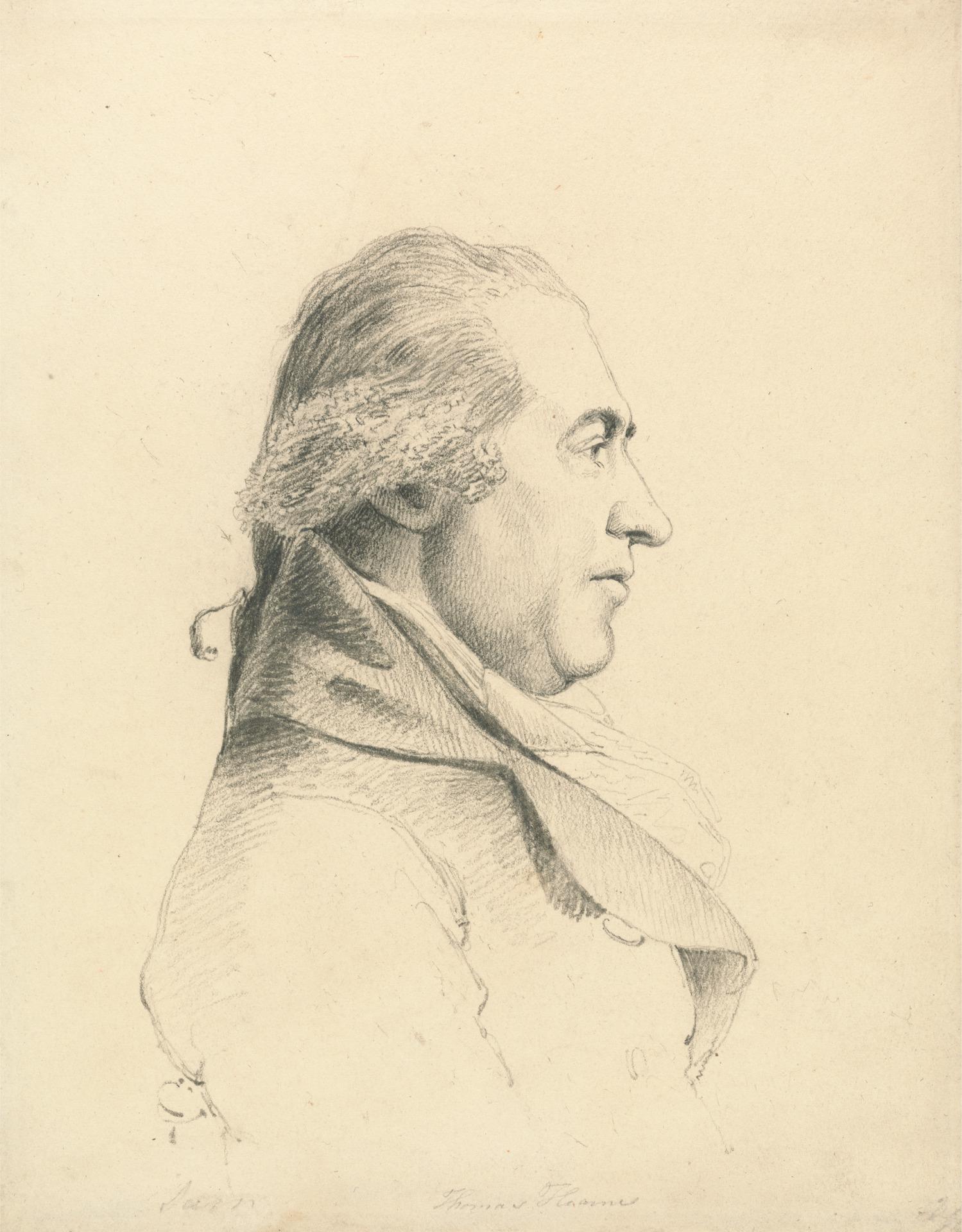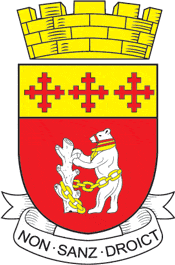|
Kenilworth Abbey
The remains of St Mary's Abbey, of Kenilworth, Warwickshire, England are situated in the grounds of St Nicholas' Church and in an adjacent area of Abbey Fields. Some of its ruins are above ground and some are below ground. History A priory for Augustinian canons was founded on this site in 1119 by Geoffrey de Clinton, Herbert Art Gallery: ''The Priory Gate at Kenilworth'' by Thomas Hearne (1784)Watercolour of the Month: November 2007 who also built Kenilworth Castle during the 1120s. Gardens and pools were made near to the priory, and the priory gained additional land as gifts from Geoffrey de Clinton. A barn, a gatehouse, a belltower and an infirmary were subsequently built near to the main buildings of the priory, and St Nicholas's Church was built nearby in about 1291. The priory gradually gained wealth and the Pope upgraded its status to an abbey in 1447. St Mary's Abbey was signed over to King Henry VIII Henry VIII (28 June 149128 January 1547) was King of En ... [...More Info...] [...Related Items...] OR: [Wikipedia] [Google] [Baidu] |
Abbey Fields
Abbey Fields is a park that is found in the centre of Kenilworth, Warwickshire, England. The park was once farmland belonging to St Mary's Abbey, which was dissolved in the middle of the sixteenth century and is now ruined. The ruins include a sandstone gatehouse and "carved stones from the Abbey doors and windows were incorporated into the doorway of the new St Nicholas Church." St Nicholas Church, with origins from the mid sixteenth of seventeenth century, remains in the park. The park is now maintained by Warwick District Council and has a leisure-centre complex which includes indoor and outdoor swimming pools, five tennis courts and a large play area for children. Other features of the park include a cafe, the town's war memorial, and a museum charting the history of the abbey, located in the old barn. As well as these manmade attractions, there is to be found a natural lake and Finham Brook, a tributary of the River Sowe. The volunteer-run organisation Friends of Abbey ... [...More Info...] [...Related Items...] OR: [Wikipedia] [Google] [Baidu] |
Ancient Gate House Kenilworth 9l07
Ancient history is a time period from the History of writing, beginning of writing and recorded human history through late antiquity. The span of recorded history is roughly 5,000 years, beginning with the development of Sumerian language, Sumerian cuneiform script. Ancient history covers all continents inhabited by humans in the period 3000 BCAD 500, ending with the Early Muslim conquests, expansion of Islam in late antiquity. The three-age system periodises ancient history into the Stone Age, the Bronze Age, and the Iron Age, with recorded history generally considered to begin with the Bronze Age. The start and end of the three ages vary between world regions. In many regions the Bronze Age is generally considered to begin a few centuries prior to 3000 BC, while the end of the Iron Age varies from the early first millennium BC in some regions to the late first millennium AD in others. During the time period of ancient history, the world population was Exponential growth, e ... [...More Info...] [...Related Items...] OR: [Wikipedia] [Google] [Baidu] |
Thomas Hearne (artist)
Thomas Hearne (22 September 1744 – 13 April 1817) was an English landscape painter, engraver and illustrator. Hearne's watercolours were typified by applying a Wash (painting), wash of subtle subdued colours over a clear outline in fine brush, pen or pencil. His techniques were studied by younger artists such as Thomas Girtin and J. M. W. Turner. Life and career Thomas Hearne was born at Marshfield, Gloucestershire. When he was five years old, his father, William, died and Thomas moved with his mother, Prudence, to Brinkworth, Wiltshire. One of his biographers, Simon Fenwick, suggests that the nearby Malmesbury Abbey proved an inspiration to Hearne's later interest in Gothic architecture. As a teenager he was apprenticed to his uncle who worked as a pastry cook in Maiden Lane, Covent Garden. Next door was a print shop; Miller, the engraver, no doubt facilitated his move to the profession of artist. In its early years, the Royal Society of Arts offered prizes—which it ca ... [...More Info...] [...Related Items...] OR: [Wikipedia] [Google] [Baidu] |
Christian Monasteries Established In The 1120s
A Christian () is a person who follows or adheres to Christianity, a monotheistic Abrahamic religion based on the life and teachings of Jesus Christ. Christians form the largest religious community in the world. The words ''Christ'' and ''Christian'' derive from the Koine Greek title (), a translation of the Biblical Hebrew term ''mashiach'' () (usually rendered as ''messiah'' in English). While there are diverse interpretations of Christianity which sometimes conflict, they are united in believing that Jesus has a unique significance. The term ''Christian'' used as an adjective is descriptive of anything associated with Christianity or Christian churches, or in a proverbial sense "all that is noble, and good, and Christ-like." According to a 2011 Pew Research Center survey, there were 2.3 billion Christians around the world, up from about 600 million in 1910. Today, about 37% of all Christians live in the Americas, about 26% live in Europe, 24% live in sub-Saharan Africa, ab ... [...More Info...] [...Related Items...] OR: [Wikipedia] [Google] [Baidu] |
Grade I Listed Buildings In Warwickshire
There are over 9,000 Grade I listed buildings in England. This page is a list of these buildings in the county of Warwickshire, by district. North Warwickshire Nuneaton and Bedworth Rugby Stratford-on-Avon Warwick See also * Grade II* listed buildings in Warwickshire Notes ReferencesNational Heritage List for England External links {{GradeIListedbuilding Grade I listed buildings in Warwickshire, Lists of Grade I listed buildings in England by county, Warwickshire Lists of listed buildings in Warwickshire ...[...More Info...] [...Related Items...] OR: [Wikipedia] [Google] [Baidu] |
Augustinian Monasteries In England
Augustinian may refer to: *Augustinians, members of religious orders following the Rule of St Augustine *Augustinianism, the teachings of Augustine of Hippo and his intellectual heirs *Someone who follows Augustine of Hippo *Canons Regular of Saint Augustine also called "Augustinian Canons" or "Austin Canons" *Order of Saint Augustine, a mendicant order, also called "Augustinian Friars" or "Austin Friars" See also *Augustine (other) Saint Augustine of Hippo (354–430), was a Church Father. Augustine may also refer to: People * Augustine (actor) (1955–2013), Malayalam film actor * Augustine of Canterbury (died 604), the first Archbishop of Canterbury * Saint Augustine ... * {{disambiguation Augustine of Hippo ... [...More Info...] [...Related Items...] OR: [Wikipedia] [Google] [Baidu] |
History Of Warwickshire
This is about the history of the County of Warwick situated in the English Midlands. Historically, bounded to the north-west by Staffordshire, by Leicestershire to the north-east, Northamptonshire to the east, Worcestershire to the west, Oxfordshire to the south, Gloucestershire to the south-west, an exclave of Derbyshire to the far north, and less than 400 yards from the border with Shropshire in the far west. Areas historically part of Warwickshire include Coventry, Solihull, Sutton Coldfield, much of central Birmingham (including the city centre, Aston, Edgbaston and Erdington), Meriden, Knowle, Dorridge, Balsall Common, Berkswell and Hampton-in-Arden, which all became part of the metropolitan county of West Midlands (Sutton Coldfield becoming part of Birmingham) following local government re-organisation in 1974 after the passage of the Local Government Act 1972.HMSO. Local Government Act 1972. 1972 c.70 The county also included the eastern half of Tamworth (including ... [...More Info...] [...Related Items...] OR: [Wikipedia] [Google] [Baidu] |
Monasteries In Warwickshire
A monastery is a building or complex of buildings comprising the domestic quarters and workplaces of monastics, monks or nuns, whether living in communities or alone (hermits). A monastery generally includes a place reserved for prayer which may be a chapel, church, or temple, and may also serve as an oratory, or in the case of communities anything from a single building housing only one senior and two or three junior monks or nuns, to vast complexes and estates housing tens or hundreds. A monastery complex typically comprises a number of buildings which include a church, dormitory, cloister, refectory, library, balneary and infirmary and outlying granges. Depending on the location, the monastic order and the occupation of its inhabitants, the complex may also include a wide range of buildings that facilitate self-sufficiency and service to the community. These may include a hospice, a school, and a range of agricultural and manufacturing buildings such as a barn, a forge, or ... [...More Info...] [...Related Items...] OR: [Wikipedia] [Google] [Baidu] |
Ruins In Warwickshire
Ruins () are the remains of a civilization's architecture. The term refers to formerly intact structures that have fallen into a state of partial or total disrepair over time due to a variety of factors, such as lack of maintenance, deliberate destruction by humans, or uncontrollable destruction by List of natural phenomena, natural phenomena. The most common root causes that yield ruins in their wake are Natural disaster, natural disasters, War, armed conflict, and population decline, with many structures becoming progressively derelict over time due to long-term weathering and Scavenger, scavenging. There are famous ruins all over the world, with notable sites originating from History of China, ancient China, the Indus Valley civilisation, Indus Valley, History of Iran, ancient Iran, History of Israel, ancient Israel and Judea, History of Mesopotamia, ancient Iraq, ancient Greece, ancient Egypt, History of Yemen, ancient Yemen, Ancient Rome, Roman, History of India, ancient I ... [...More Info...] [...Related Items...] OR: [Wikipedia] [Google] [Baidu] |
1120s Establishments In England
Eleven or 11 may refer to: *11 (number) * One of the years 11 BC, AD 11, 1911, 2011 Literature * ''Eleven'' (novel), a 2006 novel by British author David Llewellyn *''Eleven'', a 1970 collection of short stories by Patricia Highsmith *''Eleven'', a 2004 children's novel in The Winnie Years by Lauren Myracle *''Eleven'', a 2008 children's novel by Patricia Reilly Giff *''Eleven'', a short story by Sandra Cisneros Music *Eleven (band), an American rock band * Eleven: A Music Company, an Australian record label *Up to eleven, an idiom from popular culture, coined in the movie ''This Is Spinal Tap'' Albums * ''11'' (The Smithereens album), 1989 * ''11'' (Ua album), 1996 * ''11'' (Bryan Adams album), 2008 * ''11'' (Sault album), 2022 * ''Eleven'' (Harry Connick, Jr. album), 1992 * ''Eleven'' (22-Pistepirkko album), 1998 * ''Eleven'' (Sugarcult album), 1999 * ''Eleven'' (B'z album), 2000 * ''Eleven'' (Reamonn album), 2010 * ''Eleven'' (Martina McBride album), 2011 * ''Eleven'' (Mr Fogg ... [...More Info...] [...Related Items...] OR: [Wikipedia] [Google] [Baidu] |
Henry VIII Of England
Henry VIII (28 June 149128 January 1547) was King of England from 22 April 1509 until his death in 1547. Henry is known for his Wives of Henry VIII, six marriages and his efforts to have his first marriage (to Catherine of Aragon) annulled. His disagreement with Pope Clement VII about such an annulment led Henry to initiate the English Reformation, separating the Church of England from papal authority. He appointed himself Supreme Head of the Church of England and dissolution of the monasteries, dissolved convents and monasteries, for which he was List of people excommunicated by the Catholic Church, excommunicated by the pope. Born in Greenwich, Henry brought radical changes to the Constitution of England, expanding royal power and ushering in the theory of the divine right of kings in opposition to papal supremacy. He frequently used charges of treason and heresy to quell dissent, and those accused were often executed without a formal trial using bills of attainder. He achi ... [...More Info...] [...Related Items...] OR: [Wikipedia] [Google] [Baidu] |






